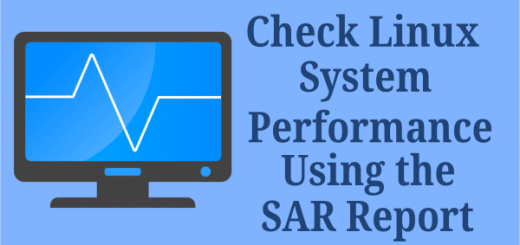
The sar utility collects system data every 10 minutes via a cron job located in /etc/cron.d/sysstat (CentOS 7.6). On most server versions of Linux, sysstat is installed by default, but if it’s not, you can add it with your distro’s package manager. Checking all of the "Big 3" with sarįor historical CPU performance data I rely on the sar command, which is provided by the sysstat package. Note: For more information about load average and why some people think it’s a silly number, check out Brendan Gregg’s in-depth research. Again, speaking very generally, if you see the one-minute average go above the number of physical CPUs you have, then the system is most likely CPU bound. The three load average values from left to right represent one-minute, five-minute, and 15-minute averages. For the purpose of this article, I’ll talk in generalities. To truly explain load average would need an article on its own. id: This percentage represents how idle each CPU is.Įach of these three values can give you a fairly good, real-time idea of whether CPUs are bound by user processes or system processes.sy: This percentage represents the amount of CPU consumed by system processes.us: This percentage represents the amount of CPU consumed by user processes.Some things to look for in this view would be the load average (displayed on the right side of the top row), and the value of the following for each CPU:

By default, when top starts, it shows activity for all CPUs: The top utility gives you a real-time look at what’s going on with the server. Some tools I use when looking at CPU are top and sar. CPU usage can cause overall slowness on the host, and difficulty completing tasks in a timely fashion. Now, let’s look at the three biggest causes of server slowdown: CPU, RAM, and disk I/O. For example, a level three debug, which is what I use exclusively, would be: $ ssh -vvv

To enable debug, just add an additional v to the -v option. Can you log in at all? Is the login slow or hanging? The ssh command has three debug levels, each of which gives you a plethora of information before you’re even on the system. There’s a lot you can tell by logging into the host. When I first started working as a sysadmin, I would immediately reply with: "I need more information on this." Well, usually the user isn’t able to give any more info, because they don’t know what’s running behind the scenes or how to explain what they’re seeing other than "it’s just slow." Nowadays, before I even reply to the user, I check a few things out.


 0 kommentar(er)
0 kommentar(er)
